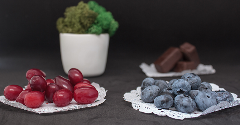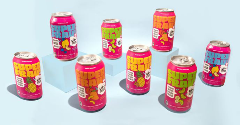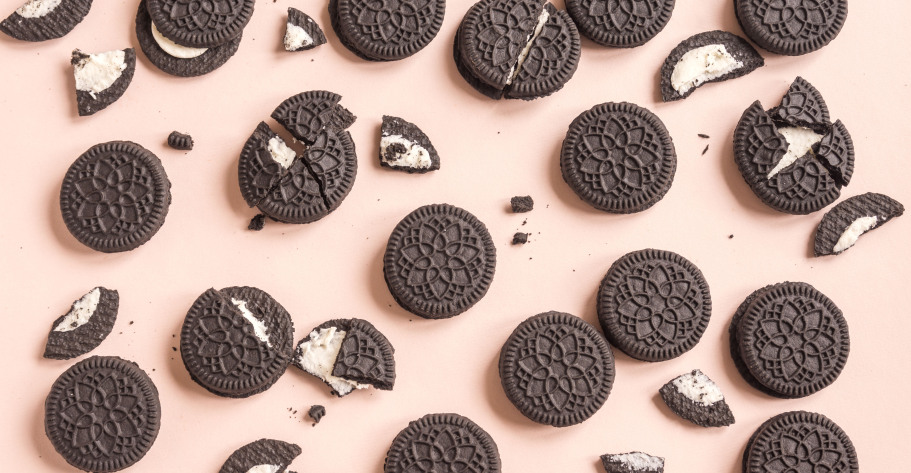Campden BRI updates shelf-life guidance
18 Mar 2020Campden BRI has updated guidance on shelf-life setting for the food industry. The new guidance is a result of close collaboration with industry experts to align it with recent developments in the area of shelf-life evaluation, including the implementation of new EU microbiological criteria regulation and EU recommendations for setting a shelf-life.
The guidance has been extended beyond chilled foods to include ambient stored foods such as sauces, pickles, jam and drinks. It will, says Campden, help food and drink manufacturers establish accurate shelf-lives for their food products, ensuring they maintain key sensory, chemical and microbiological characteristics at the time they’re consumed.

Microbiologist and author of the new guidelines Linda Everis said: “The new guidance has been prepared by food manufacturers, retailers and regulatory bodies, in conjunction with Campden BRI scientists, to provide a single source of information on shelf-life testing. It also rationalises the many storage times and temperatures currently used in the chilled foods industry into one document. This will save manufacturers time that would have otherwise been spent searching for the most current guidance.
“Our guidance covers the ins and outs of shelf-life from the associated definitions to the influencing factors such as heat processing, hygiene and packaging. The document’s primary focus is to help food business operators evaluate shelf-life. It begins this process with a flow chart which allows them to visualise the entire shelf-life evaluation sequence from the kitchen pilot scale stage through to the factory trials and product production stages, which is handy for planning how long a product’s evaluation process will take. Each part of this sequence is explained in detail with the food manufacturer in mind to ensure they can follow it step-by-step and therefore successfully bring their product to market with an accurate shelf-life.”
The new guidance document will help food business operators overcome the usual challenges associated with setting a shelf-life. It reveals new research about the temperature of consumers’ fridges to provide food manufacturers with an understanding of the conditions that food is kept in, once it is in consumer's hands.
Everis continued: “Consumers generally think of shelf-life as the ‘use by’ or ‘best before’ dates but, for industry, setting dates is much more complex, with considerations for processing, packaging, storage, distribution and handling by consumers. Once a product is in the consumer’s hands, there is a loss of control over how it is handled – particularly in terms of temperature exposure. The UK Food Standards Agency recommend consumers’ fridges to be below 5°C. We conducted a study that found 53% of consumer fridges were over this temperature and 16% were over 8°C, the legal maximum that chilled foods can be stored at in the UK. This is a concern considering the general assumption that food will be kept under 5°C when with the consumer. These findings will have an impact on what food manufacturers currently consider when evaluating a shelf-life.”
Related news

Plastic packaging reduction requires industry rethink
6 Jan 2023
The food and beverage sector is calling for industry-wide collaboration and business model updates to reduce the environmental impact of plastic packaging.
Read more
Misleading nutrition claims mask true sugar levels in baby food
5 Jan 2023
Some baby and toddler food and drink products, sweetened with fruit concentrate, contain up to four teaspoons of sugar per serving yet are marketed as having ‘no added sugar’, according to a survey by Action on Sugar.
Read more
Asian beverage brands deal with rising costs
4 Jan 2023
Decreasing bottle sizes or increasing prices? Asian beverage brands are finding “creative approaches” to manage rising costs, according to industry analysts.
Read more
Preserving the freshness of food to fight waste
3 Jan 2023
Several companies are producing products that absorb ethylene, the hormone that causes food to ripen, in attempt to reduce food waste.
Read more
Value-seeking US consumers cut back on food spending
2 Jan 2023
Cheaper items, smaller sizes, and shorter grocery lists: inflationary effects coupled with a global long-term recession are set to continue shaping food spending habits, according to a recent Rabobank report.
Read more
Opportunities grow for lower-caffeine coffee
23 Dec 2022
Many consumers want the mental focus of caffeine without the jitters, prompting a wave of product development such as “half caffeine” ground coffee or ready-to-drink (RTD) cold brew blended with relaxing botanicals.
Read more
Superfrau upcycles liquid whey for energy drinks
22 Dec 2022
US company Superfrau turns surplus whey into sustainable, upcycled-certified dairy products for the recovery drinks market.
Read more
Malaysian brand Nanka brings jackfruit range to Europe
21 Dec 2022
Malaysian brand Nanka is expanding to new Asian and European markets with its fast and ready-to-eat plant-based products based on jackfruit.
Read more
Is the UK on target to meet its 2025 Plastics Pact?
20 Dec 2022
Major food industry players, including Arla, Kerry, PepsiCo and TerraCycle, have signed the UK’s voluntary Plastic Pact to reduce plastic from the supply chain – but are they on track to meet their targets?
Read more
Ammonia emissions, Oreo cookies, and Olam
19 Dec 2022
Olam Food Ingredients (Ofi) and Mondelēz are under fire for using ammonium carbonate, an authorised food additive, in cocoa and Oreo cookies - but the accusations stem from greater concerns over industrial emissions of toxic ammonia and nitrogen oxide ...
Read more